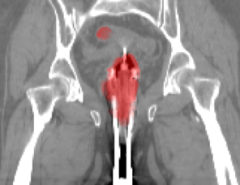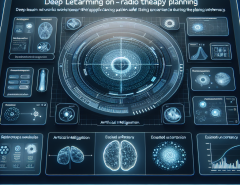Authors: Hao Yu, Zebin Huang, Qingbo Liu, Ignacio Carlucho, Mustafa Suphi Erden
Published on: February 05, 2024
Impact Score: 8.15
Arxiv code: Arxiv:2402.02904
Summary
- What is new: This study is one of the first to replicate human neuromechanical experiments, specifically involving the human elbow, within a virtual environment using a digital human model and reinforced by Reinforcement Learning (RL).
- Why this is important: Conducting neuromechanical experiments on humans can be complex and ethically challenging, limiting the scope and frequency of such studies.
- What the research proposes: A digital twin of the human musculoskeletal system was developed and controlled via Reinforcement Learning to replicate and study elbow movement under perturbation without the need for human subjects.
- Results: The RL agent demonstrated a higher elbow impedance in response to perturbations compared to human subjects, indicating the potential for more stabilized target motion in the virtual model.
Technical Details
Technological frameworks used: MyoSuite
Models used: Reinforcement Learning
Data used: Human elbow movement data
Potential Impact
This research could impact the healthcare industry, particularly companies involved in rehabilitation, physical therapy, and virtual simulation technologies for medical training and research.
Want to implement this idea in a business?
We have generated a startup concept here: NeuroSimTech.



Leave a Reply